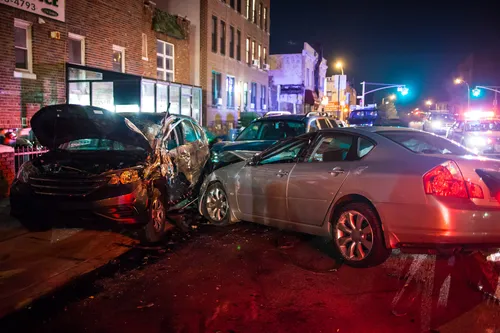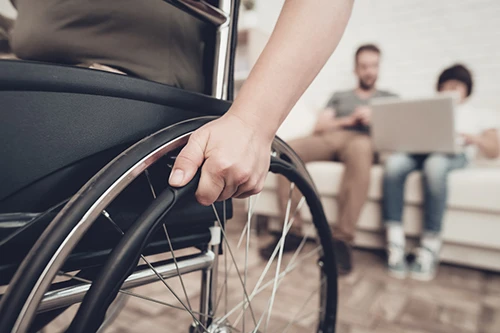Cycling is typically a safe way to travel to various local destinations, but there are instances when a car swerves and doesn’t see the cyclist crossing, resulting in a collision with the cyclist.
If you’re the victim of a collision with a motor vehicle, then you should consider the following steps:
Who’s at fault?
In most states, your bicycle is considered a vehicle, so you need to follow proper road laws, like any other vehicle. Understand who has the right of way, because if you fail to acknowledge the right of way, then you may be held liable for the car and bike accident. Additionally, do not ride against the traffic. Better yet, you should always use the bike lanes if they are available.
The driver of the motor vehicle is at fault when they disregard the rules of the road. For instance, if they are not paying attention to the stop sign and accidentally strike a cyclist ahead of them, then they would be held liable for any injuries, as the driver would have exhibited a failure to yield.
What to do after a vehicle accident
The most common bicycle accidents are when the car makes a right turn across the bicyclist’s lane of travel.
If you and/or others are in a vehicle/cycling accident – especially when the car is injuring cyclists – there are a few steps needed to be taken:
- Check yourself and the driver for injuries – Before doing anything else, check to see if you’re okay. Accidents involving bicycles and vehicles often lead to personal injuries, even if you feel fine initially. The bicycle accident yesterday may cause pain today, so don’t hesitate to contact a medical professional if you feel pain. After all, in 2015, there were over 1,000 bicycle accident deaths and almost 467,000 bicycle injuries.
- If you’re able to move without pain, check on the passenger in the vehicle to ensure their safety.
- Contact the police and wait – Do not leave the scene of the accident. If you do, not only will you be unlikely to obtain the contact information of the driver, but you may forfeit your ability to seek damages caused in the accident.
- Discuss events with the police – Be sure to tell your version of the events to the police. Be clear, concise, and describe every detail possible. Be sure to also report your injuries and damages to your property.
- Collect the driver’s insurance and contact information – Be sure to obtain the driver’s insurance information, as well as their name, address, phone number, the VIN of the car, and the driver’s license number.
- Document the event – Write down the events in as much detail as possible in a notebook. Include the time it occurred, as well as the traffic and weather conditions. Furthermore, you should take photos of the scene of the accident, your injuries, and your gear. Immediately seek medical attention for any injuries, as you can record those injuries and have proof from medical professionals (medical records, etc.).
- Keep whatever is damaged as evidence – This includes the bike, clothing, helmet, etc. Do not attempt to fix your gear, and do not, under any circumstances, throw away the evidence.
Contact a Personal Injury Lawyer
Finally, before you file a bike/car accident insurance claim, call an injury/accident attorney to guide you through the complexity of the accident.
An attorney will be able to represent you in a lawsuit, negotiate with insurance companies, and even hire a bike accident professional for additional advice.
If you call your insurance, what you say may be used against you later in court.
Successfully Navigating a Cycling Accident
If you end up in a collision with a motor vehicle, you need to be prepared. Not admitting fault (even when it isn’t your fault), documenting events, seeking medical attention, obtaining the driver’s information, and preserving evidence is critical when filing for a personal lawsuit injury.
Most importantly, contact an injury lawyer who will guide you every step of the way through the process of filing for compensation. That way, you’ll be more likely to receive compensation for any injuries and damages your property sustain.

